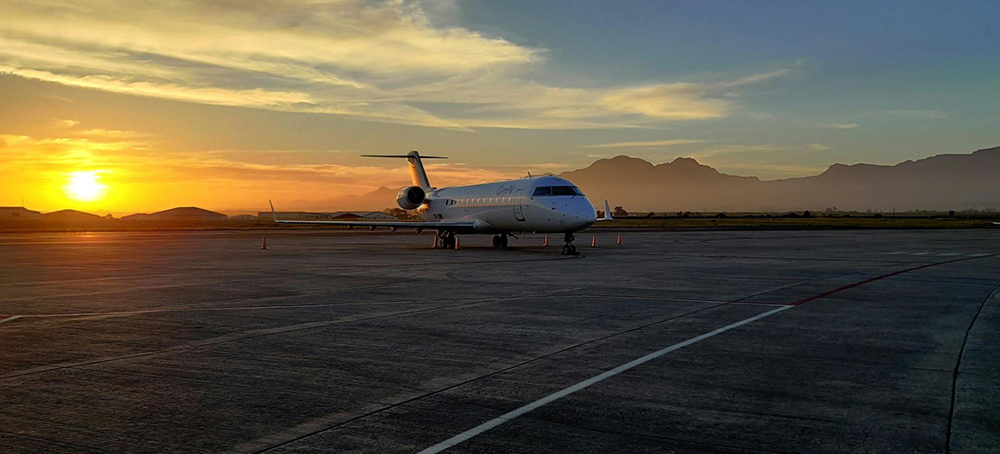The aviation industry is at a transformative moment globally, driven by sustainability goals that aim to minimize the environmental impact of flying. Airlines, manufacturers, and regulators are under pressure to adopt greener technologies, such as Sustainable Aviation Fuels (SAFs), electric aircraft, and hydrogen propulsion. These innovations promise to revolutionize aviation and set the stage for a more sustainable future.
Sustainable Aviation Fuels: A Game Changer
SAFs are among the most discussed topics in sustainable aviation. Derived from renewable sources like waste oils and agricultural residues, SAFs can reduce lifecycle carbon emissions by up to 80% compared to conventional jet fuel. Major airlines, including United Airlines, are already working to integrate SAFs into their operations. However, scaling production sustainably and ensuring widespread availability remain challenges.
“SAFs are a promising way to cut emissions, but the industry must focus on sustainable sourcing and building robust partnerships with producers,” says Sebastian Domaradzki, an aviation management consultant. “The goal should be to meet rising demand without compromising environmental integrity.”
Electric Planes: Redefining Short-Range Travel
Electric aircraft offer a revolutionary solution for regional travel, with companies like Joby Aviation and Eviation leading the charge. These all-electric aircraft produce zero in-flight emissions, are quieter than traditional planes, and have lower operating costs. However, battery limitations currently restrict their range to under 500 miles.
“Electric aircraft are perfect for short-haul flights, but advancements in battery technology are crucial to unlock their full potential,” says Domaradzki. “These developments could transform how we think about regional aviation.”
Hydrogen Propulsion: A Long-Term Solution
For long-haul flights, hydrogen propulsion offers a viable path to decarbonization. Hydrogen-powered planes emit only water vapor, making them a clean alternative to traditional jet fuel. Companies like Airbus have already introduced hydrogen-powered aircraft concepts, targeting commercial readiness by 2035.
“Hydrogen propulsion represents a monumental shift in aviation,” explains Domaradzki. “The industry must address challenges like production, storage, and transportation to realize its potential. Collaboration between governments and private enterprises is key.”
A Collaborative Effort for a Sustainable Future
Sustainability in aviation requires a concerted effort from all stakeholders, including airlines, airports, and passengers. Airports transitioning to renewable energy—such as Townsville and Gold Coast in Australia—are setting examples by reducing emissions from ground operations. Passengers, too, can play a role by choosing airlines that prioritize sustainability.
“Every decision, no matter how small, adds momentum to the industry’s sustainability efforts,” says Domaradzki. “Investing in green technologies today ensures a better future for aviation tomorrow.”






